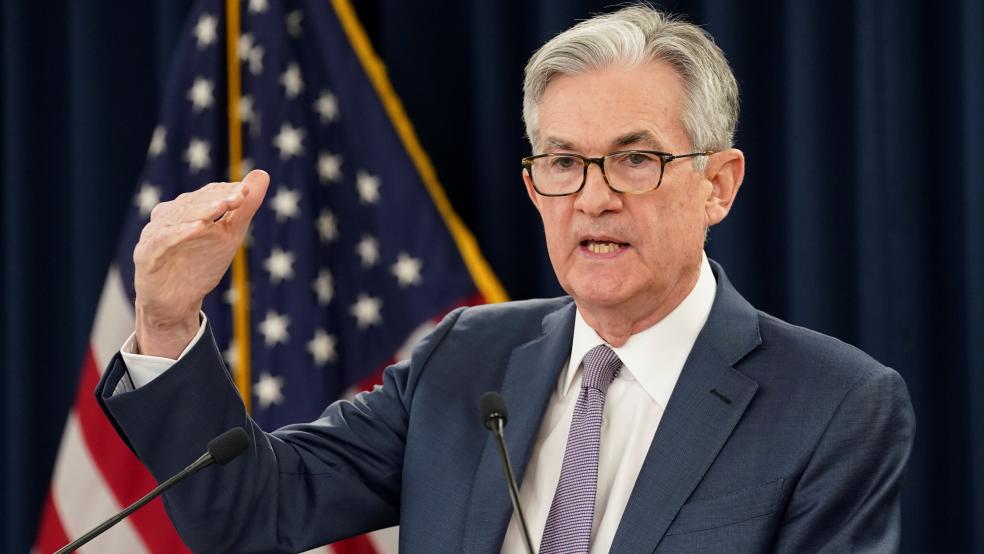Just hours after Democrats wrap up their convention in Chicago, the attention will turn to Grand Teton National Park in Wyoming, where Federal Reserve Chair Jerome Powell is set to deliver highly anticipated remarks on Friday morning that are expected to shed light on the central bank’s interest rate policy for the next few months. According to The Wall Street Journal’s Nick Timiraos, the speech will kick off what could be the final phase of the Fed’s attempt to pull off a soft landing for the economy in which the central bank beats inflation without causing a recession.
“If he succeeds and maneuvers the economy to a soft landing that brings inflation down without a big rise in unemployment, it’ll be a historic achievement worthy of the central banking Hall of Fame,” Timiraos wrote Thursday. “If he fails, the economy will slide into recession anyway under the weight of higher interest rates” — and thereby prove the old maxim that economic expansions don’t die of old age but are instead killed by the Federal Reserve.
The central question for now is how the Fed plans to go about cutting interest rates, and if it can find a path that won’t reignite inflation or allow the labor market to grow too weak. The Fed had made considerable progress in reducing the inflation rate, which continues to fall along a bumpy route toward its 2% target, but there’s always a risk that interest rate cuts could generate new inflationary pressures, especially in housing, which has been a persistent problem for the central bank.
Looking at the other half of the Fed’s dual mandate, employment remains robust by historical standards, but the unemployment rate has risen recently, climbing from 3.7% at the beginning of the year to 4.3% in July, and this week’s downward revision of recent job growth data suggests the labor market is not as strong as previously thought.
Inside the Fed, some are reportedly pushing for faster rate cuts as they eye a softening labor market. “In regular business cycles, unemployment goes up like a rocket but comes down like a feather,” Chicago Fed President Austan Goolsbee told the Journal, adding that while the post-pandemic economy has been unusual, “it’s at least a note of caution that the job market has been cooling. It needs to stop cooling.”
Others are calling for caution, arguing that the still-low unemployment rate gives the Fed more room to maneuver as it seeks to keep the inflation rate moving down.
The current consensus is that the Fed will cut rates by a quarter of a percentage point in September, with the CME Fed Watch tool giving that outcome a 75% probability. Powell’s comments Friday are expected to point in that direction, while maintaining as much freedom of movement as possible in case new data suggest the central bank should move faster or slower.
Jay Bryson, chief economist at Wells Fargo, told the Journal that he thinks the Fed should lean toward more aggressive rate cutting, given the weakening of the labor market. “They’ve got a lot of wood to chop, and they need to get going,” he said. “But it’s a very consensus-driven place, and they don’t have the consensus yet to do that.”
Economy
The Fed Tries to Stick the Soft Landing

Kevin Lamarque



